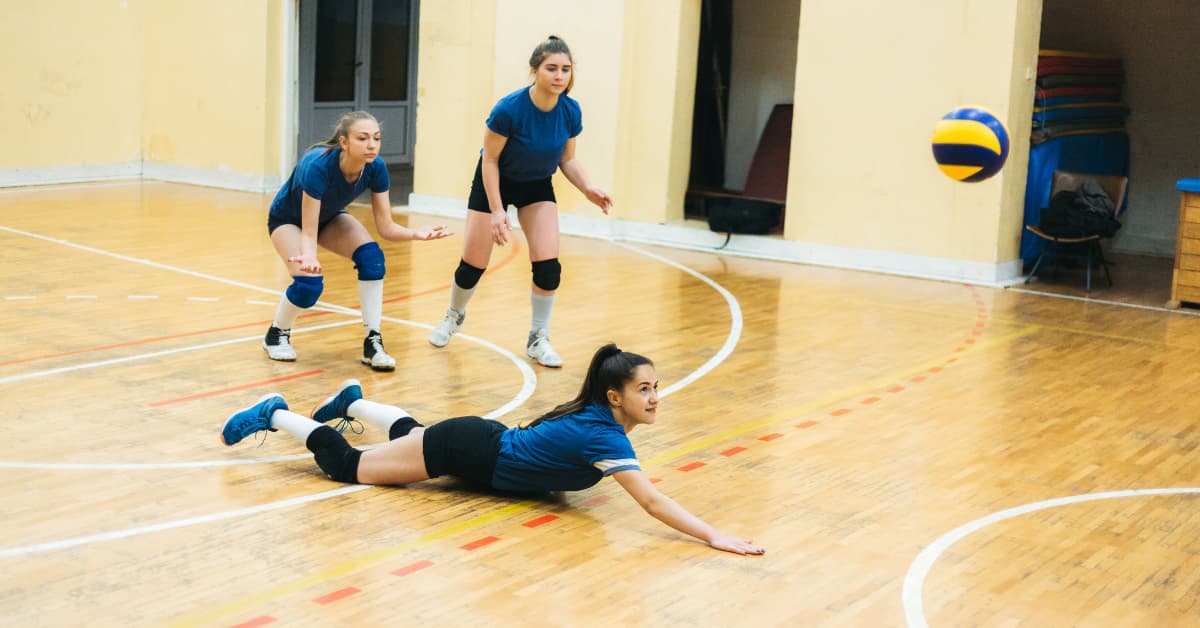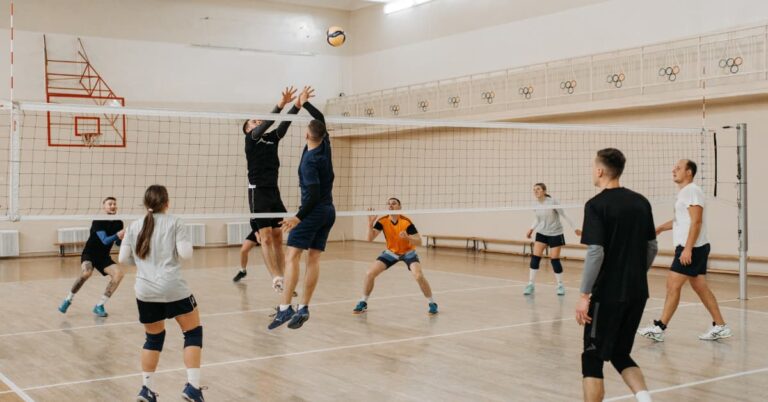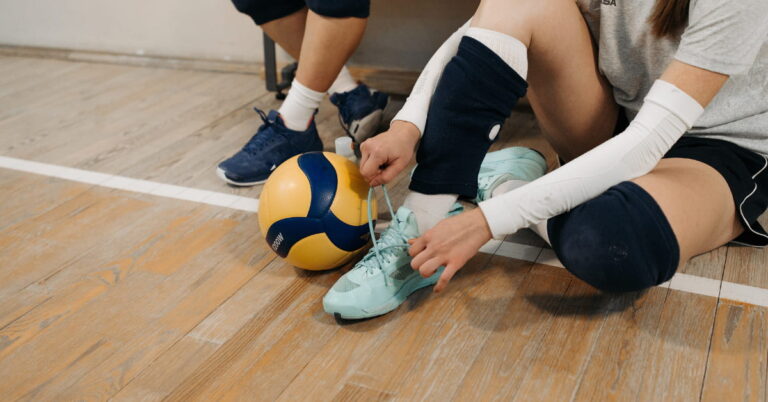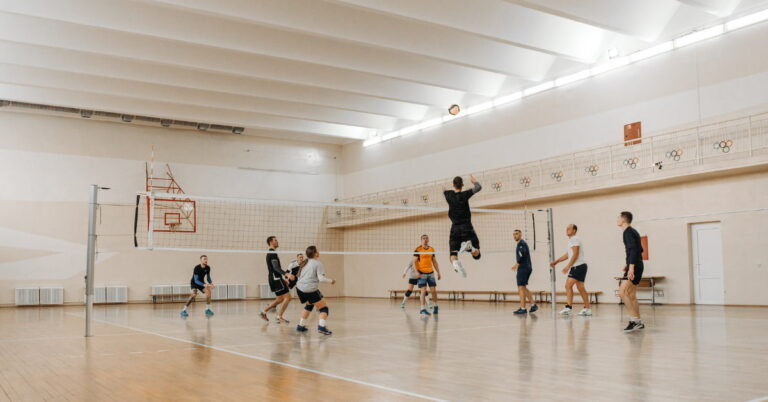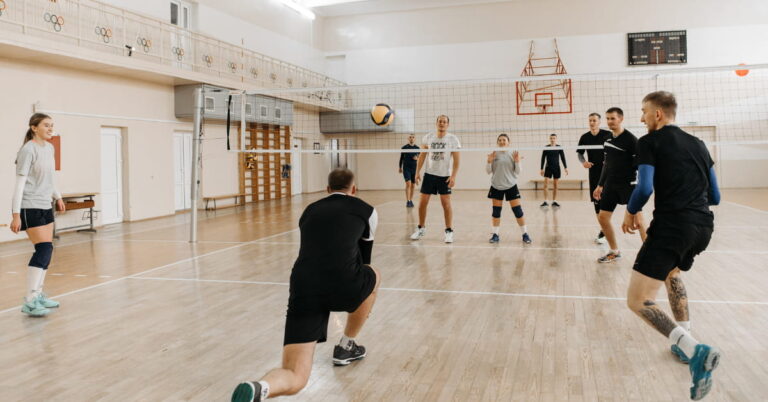What is a Dig Error in Volleyball: Spike Your Knowledge!
Volleyball is a popular sport around the world. It’s fun and keeps us fit. Sometimes, players make mistakes. Don’t worry. It’s normal.
One common mishap is the “dig error”. Dig errors are typically defensive mistakes that hamper a team’s ability to return the ball. Read on to understand what this means.
What is a Dig?
Before knowing about a dig error, let’s talk about the dig. In volleyball, a dig is a defensive move. Players use it to stop the ball when it comes fast to their side. They reach down to keep the ball off the ground. It is a crucial skill. A successful dig can keep your team in the game!
What is a Dig Error in Volleyball?
A dig error happens when a dig goes wrong. The ball can hit the floor on your side. It can also fly out of bounds. Sometimes, it can go to the net and get stuck. All these are dig errors. Let’s look at some reasons why they happen.
Reasons For Dig Errors
- Bad Timing: If you reach too early or late, you may miss the ball.
- Wrong Position: Standing in the wrong place can make it hard to dig.
- Poor Technique: Not using your arms right can send the ball off target.
Let’s explore these reasons and see how they affect your game.
How Dig Errors Affect Your Game?
Dig errors can change the game a lot. If the ball drops, the other team scores a point. This can make your team fall behind. It can make your teammates feel sad or upset. Working on dig errors helps everyone do better.
Scoring Impact
| Result of Dig Error | Impact on Score |
| Ball Hits The Floor | Other Team Scores |
| Ball Goes Out of Bounds | Other Team Gets a Point |
Avoiding Dig Errors
Good news! You can learn to avoid dig errors. Practice is essential. Here are some tips to keep in mind.
- Watch the Ball: Keep your eyes on the ball to time your dig well.
- Stay Ready: Bend a little and be ready to move fast.
- Learn Proper Technique: Ask your coach to show you how to dig correctly.
Read on for more ways to get better at digging.
Improving Your Digging Skills
There are many drills to help you improve your digging skills. These drills can make your reaction time faster. They can also help you learn where to stand and how to use your arms.
Drilling Down On Drills
- Wall Ball Drills: Bounce a ball against a wall and practice digging it.
- Partner Drills: Work with another player and take turns hitting the ball to dig.
- Footwork Drills: Practice moving your feet quickly to get in position to dig.
Ask your coach for more drills. They know the best ones to help you!
Working Together as a Team
Volleyball is a team sport. When one player makes a dig error, it’s not just their fault. The team can support and help fix the problem. Talking and playing together helps reduce mistakes.
Building Team Unity
Encourage each other, even when errors happen. Positive words can change the game. Celebrate good digs. Discuss errors calmly and learn from them. This helps the team grow stronger. Unity makes your team hard to beat!
Frequently Asked Questions
How Is A Dig Performed Effectively?
Effectively performing a dig involves anticipation, quick reaction time, proper positioning, and using the forearms to redirect the ball upward.
When Is A Dig Counted In Volleyball Stats?
A dig is counted in volleyball stats when a player successfully keeps the ball in play after an opponent’s attack hit.
Can A Libero Execute A Dig?
Yes, a libero specializes in defensive moves like digs and often executes them to prevent the ball from touching the court.
Conclusion
In volleyball, making a dig is important. But were not afraid to make dig errors. Instead, we learn, practice, and improve. Every player was a beginner once. Even the best players make mistakes. But they keep going, and so can you!
Remember, volleyball is about fun and teamwork. Mistakes are lessons to be better. Grab a ball, find a friend, and start practicing your digs today. Your next game will thank you!

